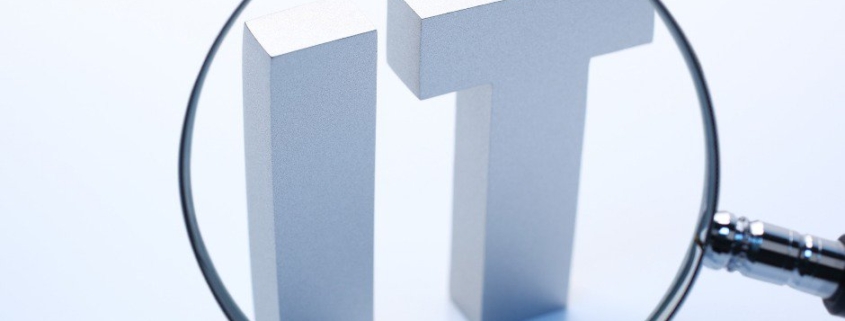You Can Expense Business IT Equipment Purchases
- Learn about depreciation of IT equipment over the recovery period.
- Find out why material & supply expensing may be better than depreciating some equipment.
- Learn more about de minimis safe harbor expensing.
- Discover the rules regarding expensing routine maintenance.
- Bonus Depreciation can be a huge saving, but rules apply.
- Learn about Section 179 expensing, the limits involved, and the negative factors you may run into.
Thanks to some very liberal tax laws written to encourage investment in personal tangible equipment, including information technology (IT) equipment, many businesses will be able to expense (write off as a tax deduction) all such assets purchased and placed in service before the end of the tax year. For businesses using the accrual method of accounting, the purchase must have been completed and the equipment placed in service before the company’s year-end.
There are a number of ways to deduct IT costs. However, the best method should be based upon the need for a current-year deduction, while also considering that the deductions may be more beneficial in a future year. This requires careful planning, and Fiducial can help.
Depreciate
The most conservative method of writing off the investment would be to depreciate the various pieces of IT equipment over the recovery period (useful life). This period, designated by the IRS as either 5 or 7 years, depends on the individual items. Generally, computers, copiers, and certain technological and research equipment depreciate over 5 years. Office fixtures, furniture, and equipment, however, depreciate over 7 years.
Material & Supply Expensing
Capitalization and repair regulations may come into play with what is called material or supply expensing. If an item costs $200 or less or has a useful life of less than one year, you should expense it rather than depreciate it.
De Minimis Safe Harbor Expensing
Another part of the capitalization and repair regulations allows businesses to expense up to $2,500 of equipment ($5,000 if the business has an applicable financial statement). The limits apply per item or per invoice, which provides a significant amount of latitude in expensing.

Routine Maintenance
You may expense the expenditure if the purchase is used to keep a unit of property in operating condition. The business must also expect to perform the maintenance twice during the property’s class life (may be different than depreciable life). The class life for information systems and computers is 6 years.
Bonus Depreciation
Bonus deprecation allows a business to deduct 100% of the cost of the new tangible property with a recovery period of 20 years or less. You must place the property in service during 2022 for it to qualify for a 100% bonus depreciation, after 2022 the percentage is reduced.
Section 179 Expensing
Sec. 179 of the Internal Revenue Code allows full expensing of IT equipment purchases. Commonly referred to as the Sec. 179 deduction, for 2022, it allows companies to expense up to $1,080,000 ($540,000 for a married taxpayer filing separately). This amount has increased from $1,050,000 ($525,000) for purchases in 2021 of personal tangible equipment, including IT equipment. The stated amounts are for federal purposes (state limits may be different).
There is an aggregate investment limit of $2,700,000 (up from $2,620,000 in 2021), which means if the company makes investments into property eligible for Sec. 179 expensing in excess of $2,700,000 in 2022 ($2,620,000 for 2021 purchases), the amount allowed to be expensed under Sec 179 is reduced by one dollar for each dollar the investment limit is exceeded. These amounts are inflation-adjusted annually.
There are negative factors to using Sec. 179 expensing. If you dispose of the item before the end of its recovery period, then you may recapture the expense deduction, to the extent that it exceeds the otherwise allowable depreciation deduction for the period. You should add the recaptured amount to the business’s income for the disposition year. For very large companies, the use of Sec. 179 is restricted because of the annual limit.
Blended Methods
It is possible to use a combination of depreciation, bonus depreciation, and Sec. 179 expensing to achieve just about any result for small businesses. This rule can be complex, that's where consulting with Fiducial can help.
Do you have questions related to acquiring business assets, including IT equipment, and how it may impact your business's bottom line? Call Fiducial at 1-866-FIDUCIAL or make an appointment at one of our office locations to discuss your situation.
Ready to book an appointment now? Click here. Know someone who might need our services? We love referrals!
For more small business COVID-19 resources, visit Fiducial’s Coronavirus Update Center to find information on SBA loans, tax updates, the Paycheck Protection Program, paid sick and family leave, and more.









